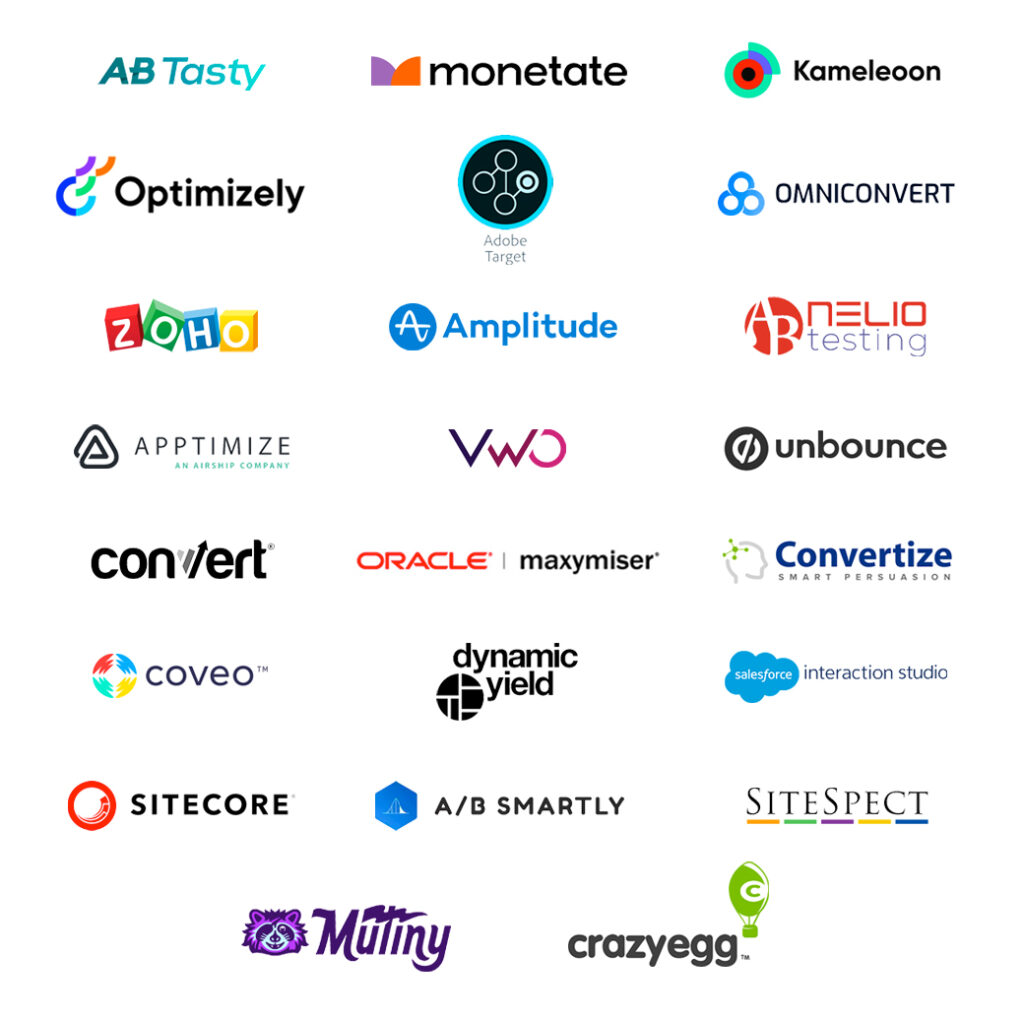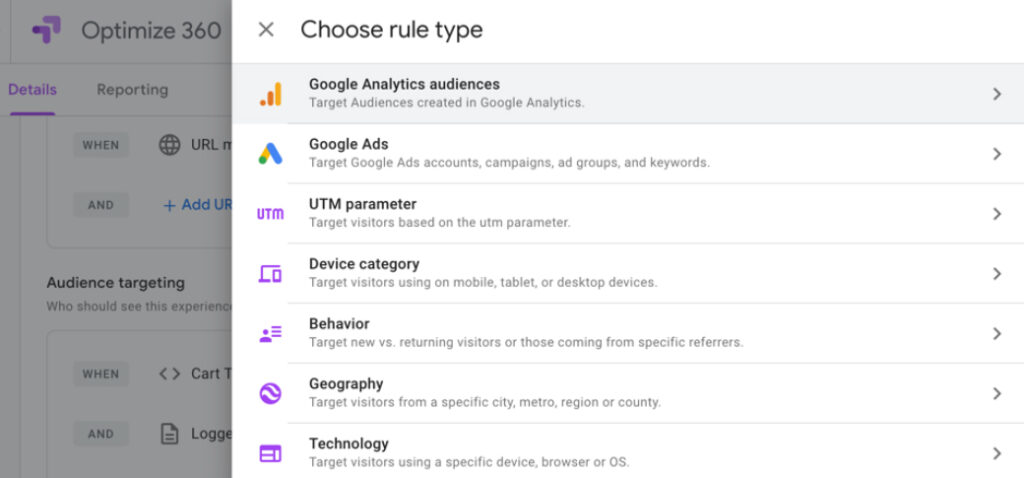We’ve seen Google end services many times over the years, and Google Optimize (GO) is the latest project to come to an end. Many businesses large and small depend on GO for testing and personalization features, but with the service coming to an end on September 30, 2023, it’s time to find new solutions. The end of GO isn’t a welcome surprise for many, but you can control your response to the change. GO might be the most popular freemium tool, but there are other options, and now is the perfect time to explore new solutions so you can be ahead of the curve rather than being blindsided by GO ending.
With Google’s plans for future optimization tools unclear at this point, we recommend you start looking elsewhere for your next testing and personalization tool. Don’t assume replacing GO is a simple change as the rest of your tools, stack, personnel, and processes will feel the difference – that’s why planning now is so critical. As a digital consultancy, BlastX always has our eyes on the latest happenings so we can best advise how to navigate the tools required to produce the best digital experience possible.
Evaluate and Plan Now
Before you leave Google Optimize behind for good, take the time to evaluate your current position. What provides the most value in GO? What have you achieved with GO? What do you want to achieve with your testing and personalization program in the future? Determine what aspects of GO you use the most and which aspects you’ve never touched. By understanding your current usage patterns and goals, you can make the departure from GO and transition to a new solution as seamlessly as possible. While you have time before GO goes offline, it’s best to act early to ensure you minimize the disruption to your testing program.
Evaluate tools and make plans, but also think about the future to determine what tool will best support you in 5 years’ time, as well as tomorrow.
We know many GO users are migrating away from Universal Analytics to GA4 while aiming to minimize disruptions. Setting up and getting familiar with GA4 can take a significant effort, so adding a testing tool evaluation on top of this may feel like a lot. However, you should still take the time now to plan your next steps for life without GO. Planning early will set you, your teams and your business up for success in the digital space, ensuring there’s little disruption to your current testing efforts while setting you up for success with a tool you can use years in the future.

However, don’t jump ship until you have ensured the new tool is up to your unique tasks. By examining GO, you can evaluate and test new platforms to account for the big picture well in advance of the shutdown date. Evaluate tools and make plans, but also think about the future to determine what tool will best support you in 5 years’ time, as well as tomorrow. Leaving the transition until the last-minute guarantees chaos and negative results until order returns. You’re replacing more than just a tool in your belt; expect to see the ripple effects across all your tools and processes.
The Whole Spiderweb Will Feel the Ripple
When you have a potential Google Optimize replacement in mind, the next step is to check how it will integrate with the rest of your stack and workflows. Not every tool plays nice with other tools. If you have some deal-breaker tools, you must consider how a GO replacement will impact operations. For example, are you using audiences from Google Analytics to drive personalized tests or campaigns in GO? Are you doing a lot of test reporting in Google Analytics? If so, you’ll need to consider how these audiences can be shared with a future tool and how your test data will be shared with GA4.

A consideration for many of our clients is how optimization tools integrate with Customer Data Platforms (CDPs) so that their CDPs can become the source of all audiences in the future. It’s better to test and check now, well in advance of the deadline, so that you have a buffer of time to solve issues. A successful and well-planned integration minimizes roadblocks that slow down overall optimization progress. Success in optimization isn’t about the technology you use; it’s about clear goals and objectives, and a successful testing process that allows each cog to turn as intended.
What’s the Goal?
The sunsetting of Google Optimize may feel like a landmark moment of forced change, but it’s truly only a small piece of the pie when it comes to cutting-edge digital experiences. Optimization is a larger umbrella that includes the need for analytics and testing but testing and analytics aren’t the be all, end all. Think about your long-term goals and what you want to achieve with your stack, then look at what you need to reach those goals.
Think about what you want your testing program to look like in 2-5 years’ time. What business objectives will you have optimized for?
Many businesses focus on the pain point right in front of them, which will be the end of GO for some; but earnest and comprehensive optimization requires looking beyond the current issue. Think about what you want your testing program to look like in 2-5 years’ time. What business objectives will you have optimized for? If you’re not personalizing the digital experience for your users yet, when do you plan to start so that you don’t fall behind your competitors? If this is a key future objective for you, you’ll want to make sure the optimization tool you pick effectively supports personalization campaigns. Before picking your next optimization tool, it’s worth taking a step back and looking at the whole picture and how GO will impact that, rather than seeing it as a contained issue to quickly solve.
Next Best Steps
Balancing tools and operations is a delicate art that can easily become chaos with big change announcements. Change is inevitable, but with the right mentality and approach, change is an opportunity for improvement. Finding a replacement for Google Optimize is the first step towards better optimization and digital experiences, but keep in mind that reaching overarching goals can’t happen overnight or through a single change. Talk to BlastX if you’d like help reviewing potential replacements for Google Optimize and learn how such a small change can start you on the correct road to a better digital experience.
Join Our Free Webinar
Ready to learn more and take the next steps? Watch a recording of our free webinar, “Life After Google Optimize”. We’ll talk in depth about the Google Optimize changes and how your business can make the most out of this opportunity.


